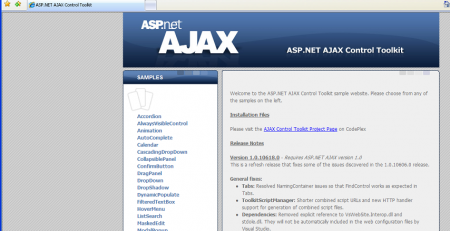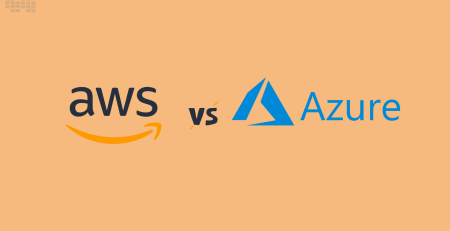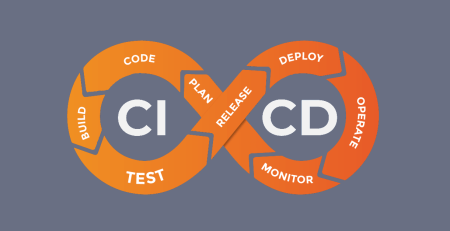What to do when cloud costs get out of control
Because of the time constraints of cloud migration, ‘lift and shift’ is sometimes the only way to move large portions of the estate in a timely manner. The problem is that when workloads aren’t modernized for the cloud, costs start to rise, and it can be difficult to get things back under control.
If this sounds familiar, our cloud and DevOps experts advise immediate action. These three suggestions will get you started on the road to better cloud cost management.
1. Stamp out overprovisioning
Overprovisioning to meet peak demand or anticipated future demand is one of the leading causes of inflated cloud spending. If this relic of datacenter hosting practice is not remedied, it will quickly become a cost headache.
Lift and shift does not take advantage of the cloud’s utility billing model, which means that you only provision for what you need, when you need it.
The ideal scenario is to deploy ‘just enough’ resources, with capacity adapting to real-time usage patterns. To achieve this optimal state, a combination of rightsizing and auto-scaling is required.
The process of matching instance types and sizes to capacity and performance requirements in the most cost-effective way is known as rightsizing. The cloud-based environment is strategically designed to meet day-to-day requirements while minimizing costs.
Adding auto-scaling to the equation elevates this to a new level. It allows infrastructure capacity to respond to sudden changes in traffic or load, whether caused by a surge in demand or a failure elsewhere in the system.
2. Take a hardline approach to tagging
Effective cloud cost management necessitates good visibility, and the best way to achieve this is through a strong tagging strategy.
When VMs are lifted and shifted, they frequently keep names that were perfectly adequate in the datacenter but do not clearly identify their role. This presents a challenge in a cloud environment with many services to manage. When costs begin to rise, it is difficult to identify the source, let alone the root cause. When this is multiplied across the entire estate, you have a serious cost management issue.
The original name may be retained with tagging, but it is supplemented with tags relating to variables such as the environment, use, and owner. This facilitates the organization of cloud resources and their allocation to specific departments or cost centers. It also means that anyone who comes into contact with the environment will be able to quickly identify what’s what.
Tagging is an important step in moving to the cloud, but it should not be treated as a one-time event. It is a continuous process that ensures good visibility throughout the estate as it evolves. Keeping track of costs and where they originate makes it easier to identify areas where cloud services can be improved.
3. Get serious about cloud skills
You’re not alone if you underestimated the gap between traditional engineering skills and those required in the cloud. This problem affects many organizations, and it frequently emerges in the middle of a large-scale migration.
One of the main factors that can be hampered by this skills gap is cost control (along with security and platform resilience). It’s one thing to talk about the importance of rightsizing and auto-scaling, but what if your team doesn’t know how to do it? Similarly, establishing a tagging protocol is easier said than done if no one is willing to take on the task.
Because experienced cloud engineers are hard to come by, existing team members must be trained and mentored. Combining this with third-party cloud engineering support is the best way forward for most organizations that are just getting their feet wet in the cloud.
Grasp the nettle cloud costs
It’s infuriating when cloud costs exceed expectations, and it can be difficult to figure out how to keep spending under control. However, taking a determined and methodical approach will quickly yield results. Simple processes like tagging are a good place to start.












Comment (1)
I think this is a real great post.